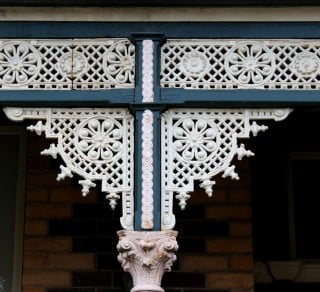The National Trust of South Australia can support heritage projects by auspicing External Appeals - empowering communities to protect the places they value.
The National Trust of South Australia can support heritage projects by auspicing External Appeals – empowering communities to protect the places they value.
This allows owners or custodians of heritage places or objects to raise tax-deductible donations for essential repairs and conservation.
Through our not-for-profit, tax-deductible status, the Trust can extend this benefit to eligible heritage appeals run by other organisations—provided the place offers a community benefit and funds are raised from the public.
Importantly, it allows members of the community to donate to causes they care about, helping to keep South Australia’s heritage alive and thriving.
We partner with community groups, Committees of Management, and other not-for-profits to preserve significant places for future generations.
You can find out more if you would like to apply to open a Heritage Conservation Appeal.


